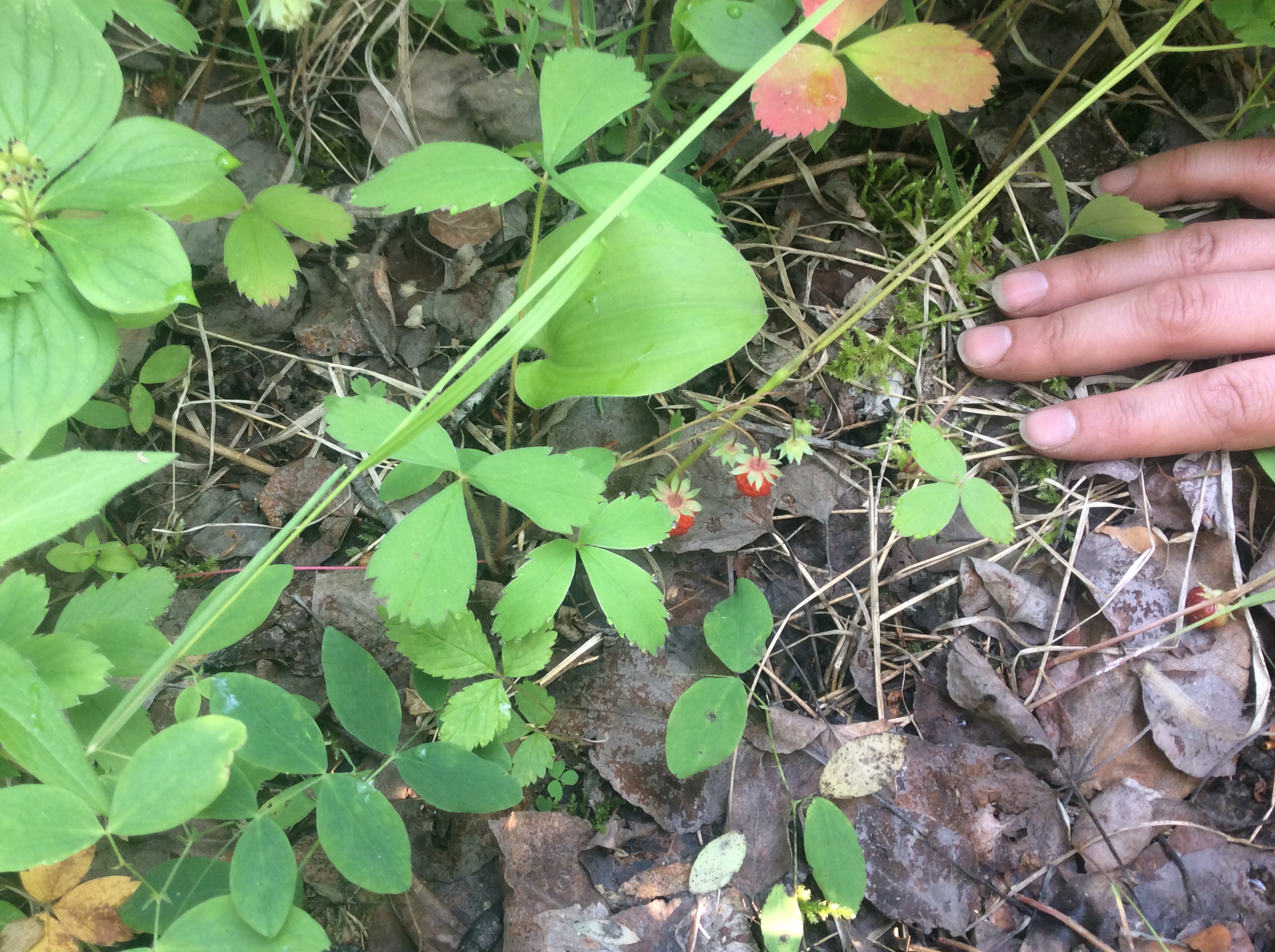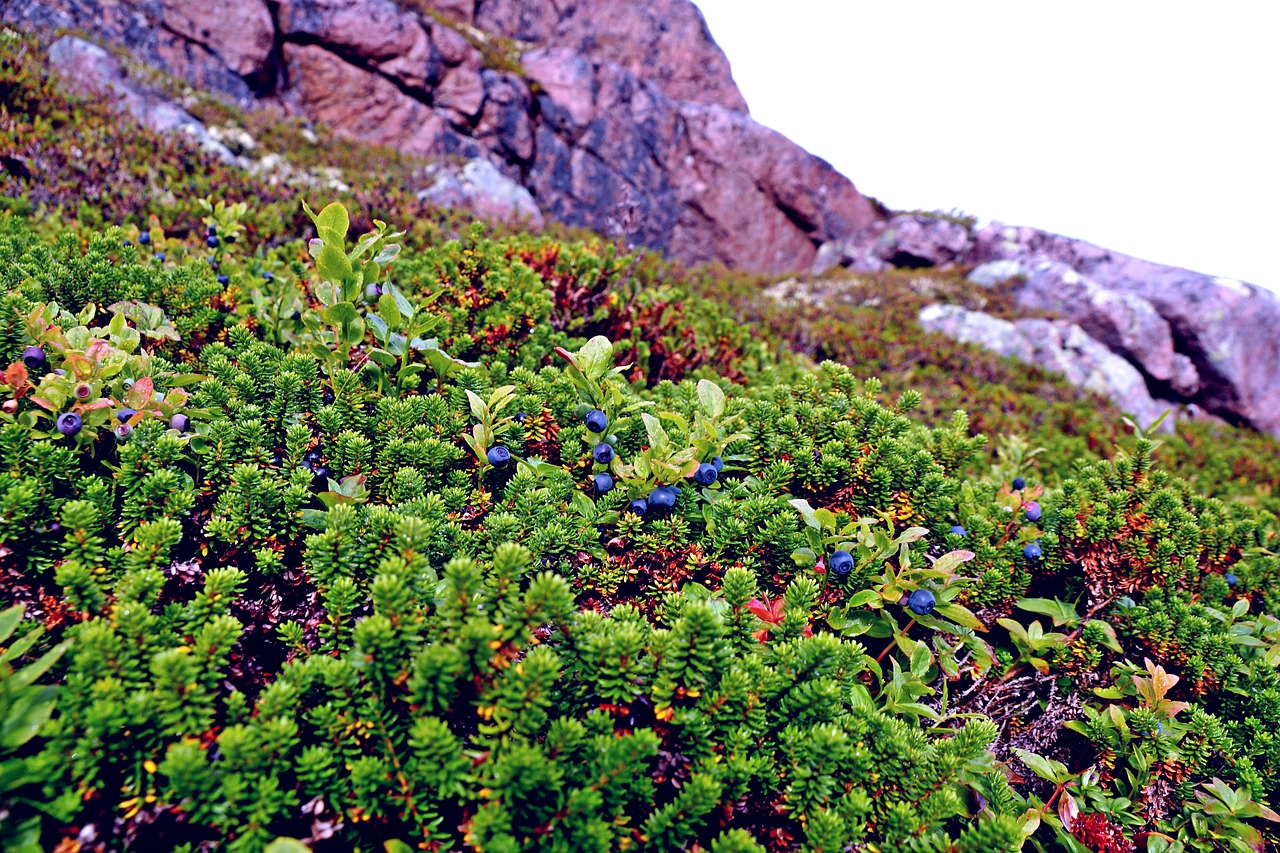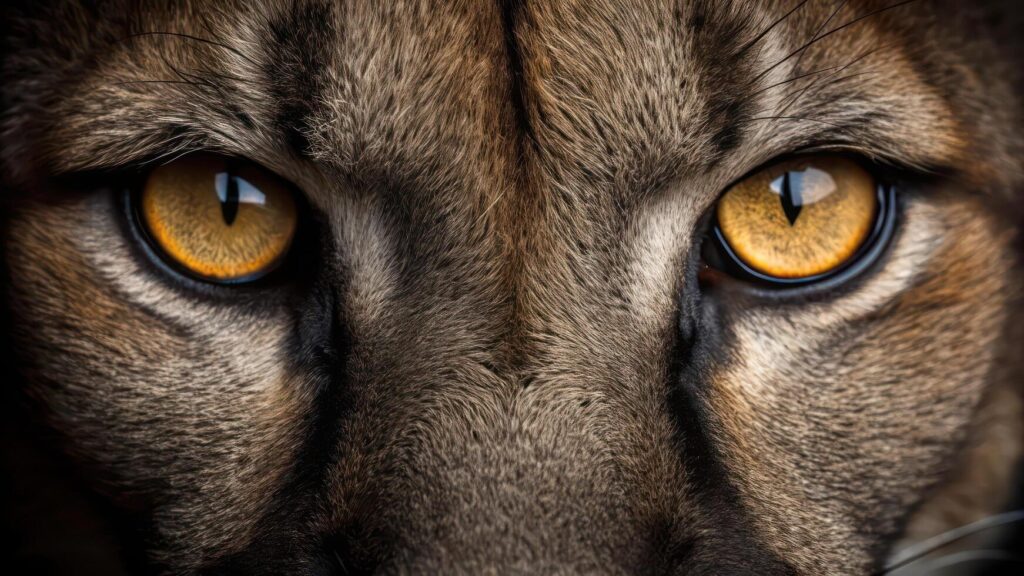Post Category : Field Life
Edible Plants Series – Wild Berries Part 1
If you follow our blog, or have read any of the other installments of the Edible Plant Series, you will notice some repetition in the following cautionary note. Do not eat any wild plants that you can not identify with 100% certainty! Berries are generally safer than plants like mushrooms, since most edible berries do not have poisonous look-alikes. However, there are still some berries that are extremely toxic and can be fatal if ingested. Black nightshade (Solanum americanum, Solanum nigrum) and Baneberry (Actaea rubra) both have toxic berries that can be extremely harmful if eaten, especially to small children. Luckily, the two berries I will discuss in this post are both fairly common and easily recognizable.

Wild Strawberries – (Fragaria virginiana)
In my opinion, these little gems are one of the most delicious naturally occurring foods in Alberta. While not being super easy to spot, they are immediately recognizable due to the fact that they look exactly like a strawberry, but tiny. Wild strawberries are much smaller than their cultivated counter-parts, but both the plant, the flower, and the fruit, closely resemble the garden variety. They look like strawberries, and they taste like strawberries, yet I find that the little wild variety has much more flavour. Strawberries grow in varied environments and seem to like open, well-drained areas. I rarely see more than a few berries at a time under the dense forest canopies, but cutblocks that are a few years old are usually ripe with them (pun completely intended).
If you’re stranded in the bush, don’t plan on surviving off wild strawberries. They are delicious, but individual plants will only produce a few berries at a time. They do not grow in clumps like many other berries, and you will spend an hour trying to get a handful of them. But what a handful!
Prior to my parents doing some landscaping on the farm, the southern edge of their lawn next to the creek had a substantial wild strawberry patch. It really was a large patch, but it would still take my grandma almost an entire day to pick enough wild strawberries to fill a small bucket. Out of this, she would make about four small jars of jam, three of which my dad would quickly hide so that us ‘damn kids’ didn’t eat it all up in a week. This coveted preserve would slowly be brought out of its hiding place throughout the winter, usually when company was over for breakfast. Worth the work and perfect for a special occasion, but definitely not to be wasted on PB&J sandwiches!

Wild Blueberries – (Vaccinium spp.)
According to Northern Bush Craft, several different species of wild blueberry are prevalent across Canada. I’ve never really noticed a difference between the species, but this is probably because I’m too busy filling my face with them! They grow on a small, low lying, woody shrub that somewhat resembles bear berry or kinnikinnick. Similar to strawberries, wild blueberries look similar to, but are generally much smaller than their cultivated counterpart. However, wild blueberry plants are generally very productive and you can gather a large quantity relatively quickly. Be careful how many blueberries you consume in one sitting, as they have an extremely laxative effect when eaten in large quantities. I’ve seen them growing in a variety of environments, but they seem to be most abundant in well drained, open, coniferous forests. As a kid I remember picking blueberries with my grandma in the muskeg, but it is quite possible that these were the ‘bog’ variety (V. uliginosum), which prefer wet, acidic soils.
I will end this blog post with another cautionary note. Bears love blueberries, and they can be extremely protective of a productive patch. Bears in a blueberry patch may be too busy chowing down to even notice you’re there, yet they may also see you as competition for their prized berries and act very aggressive. It is not uncommon in the late summer to see bear scat that is almost entirely composed of blueberries. Bears need to eat an obscene amount of calories per day to ensure that they have enough fat stores to make it through winter hibernation, and a good berry patch is a very cost-effective means for them to get these calories. Picking a bucket of blueberries is extremely gratifying, but never forget that there are much bigger, faster, and stronger things in nature that also find them delicious, and they may be terrible at sharing!



